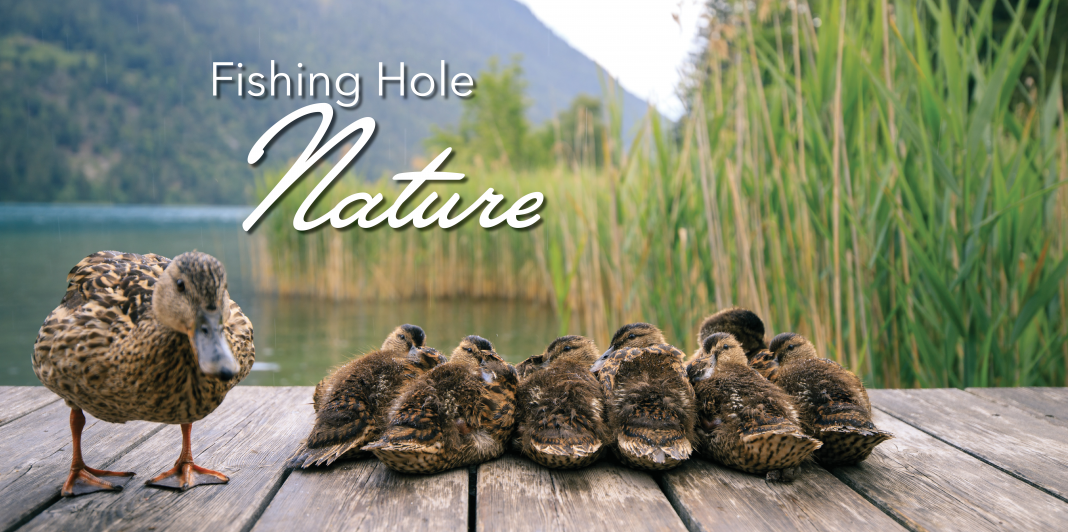“A wonderful bird is the pelican His bill can hold more than his belican. He can take in his beak Food enough for a week; But I’m damned if I see how the helican.” Author: Dixon Lanier Merritt, American Poet and Humorist
Now is the time of year when these stunning birds can be found on lakes and rivers throughout East Texas. They migrate down from northern freshwater areas to spend warmer winters in the south– a true snowbird! An excellent place to see the majestic American White Pelican is behind the Lake Livingston dam where they fly in by the hundreds during the colder months. Several roost or paddle along below the dam during winter days, but the best times to see their massive numbers are during the mornings before they head out to hunt, or late afternoons when they gather back to hunker down for the cold nights. Bubbling waters below the dam gates are ideal for these birds. The dam offers an isolated protected roosting spot, and fine hunting grounds up on the lake or down the Trinity River. However, local fishermen in the summertime rarely see these magnificent birds because they are gone by the end of April, having flown back to the far north to breed and raise their young on freshwater lake shores.
Stunning is the best word to describe these pelicans! The White Pelican is one of the largest birds in North America with a weight of 11-20 lbs, a height of 4-5 feet and a wingspan of 8-9 feet! Their coloring is mostly snowy white with jet black underwing feathers, and long orange legs, bills and throat pouches. Unlike brown ocean pelicans, white pelicans spend most of their time on freshwater bodies, and do not plunge-dive or swim under water to catch their meals. When hungry, they dip their heads down in the water, open their beaks and let the fish swim in. They can hold up to 3 gallons of water in their enormous expandable throat pouches and need 4+ pounds of fish per day to survive! On larger lakes the white pelicans often join fishing flotillas called “bird rafts”. These bird rafts can stretch out for over a mile and include hundreds of cormorants along with dozens of white pelicans, gulls and terns. At a good fishing spot these different bird species will hunt together to fill their bellies. They’ve learned that success can take a diverse community, all working together.
White Pelicans are protected by the Migratory Bird Treaty Act, which makes it illegal to harass, possess or harm them, or their nests and eggs. Learn more about the incredible nature in our area by joining a chapter of the Texas Master Naturalist organization. To find a chapter close to you, or to read about the state program, go online to www.txmn.org. Volunteer and get involved!
-

Primarily freshwater birds, white pelicans migrate down from the north for our unfrozen southern waters and abundant fish. -

They gather, roost, bathe and preen in the bubbling rocky waters below the Lake Livingston Dam. -

White pelicans and cormorants often hunt together in “bird rafts”. -

They weigh 11-20 lbs and need around 4 pounds of fish every day to survive. -

A mile-long bird raft on Lake Livingston with dozens of white pelicans, hundreds of cormorants, and a scattering of gulls and terns.















